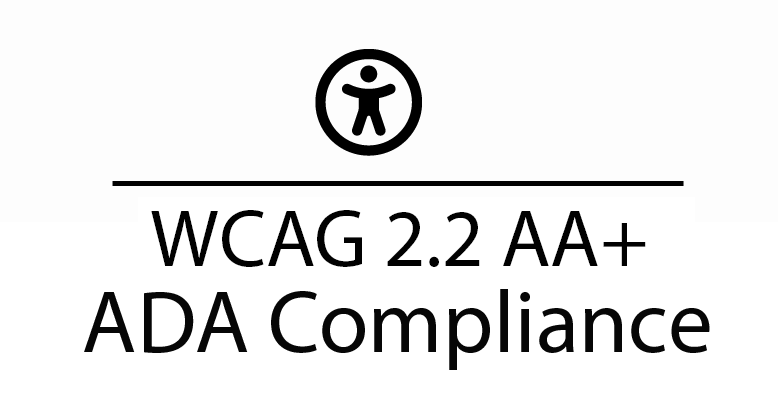Episode 12 examines the American military's way of making war from Colonial Williamsburg to WWII and the late 20th century highlighting America's armed forces including the militia, Marines, US Navy, U.S. Army, and presenting important figures and events such as Isolationists, America Firsters, Pearl Harbor, Liberty Ships, Henry Kaiser, Hitler, Refugee Physicists, the Manhattan Project, the atomic bomb, Hiroshima, Nagasaki, President Truman, the Marshall Plan, United Nations, Vietnam, the cold war and the threat of nuclear war.

